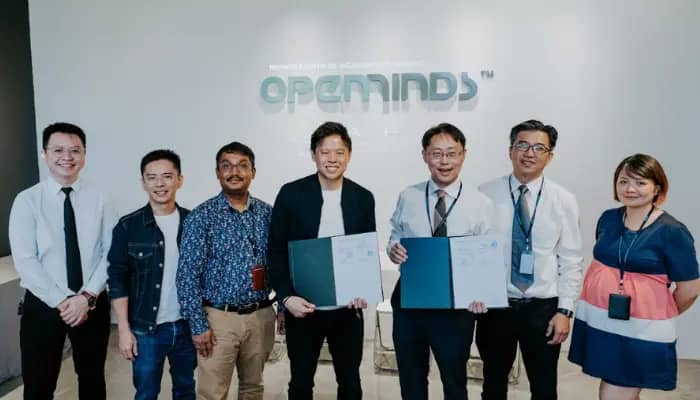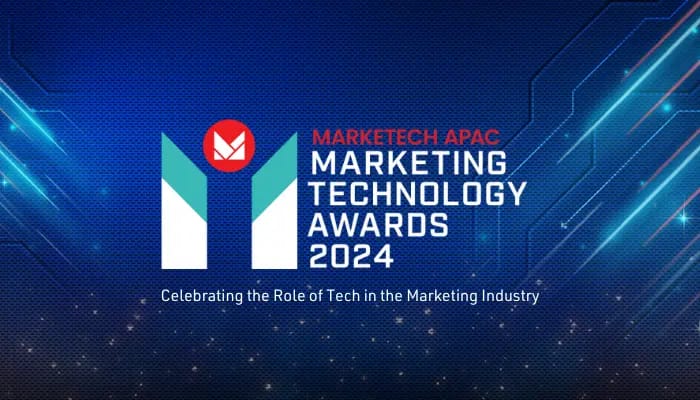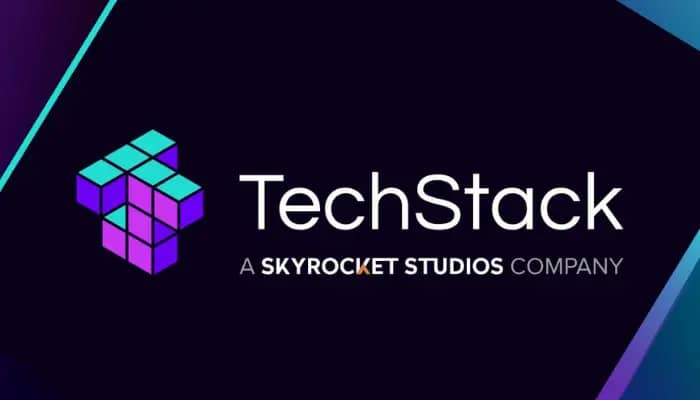Kuala Lumpur, Malaysia – Marketing transformation agency GrowthOps Asia and martech company Anchora have joined forces to complete three significant projects for Malaysia Aviation Group (MAG), the parent company of Malaysia Airlines and FlyFirefly. These projects have improved MAG’s marketing capabilities, enabling a more personalised and data-driven customer experience.
Under the direction of Ivan Gan, digital transformation senior manager, and Sambhav Jain, director of martech at Anchora, the collaboration focused on unifying customer data, migrating to advanced marketing platforms, and streamlining marketing automation.
The partnership implemented the Adobe Real-Time Customer Data Platform (RT-CDP) for MAG, consolidating data from sources such as loyalty programs, CRM systems, booking portals, e-commerce platforms, third-party platforms, websites and mobile apps. This integration eliminated data silos across applications within the organisation, providing a comprehensive view of each customer.
Moreover, the partnership also led one of the first migrations to Adobe Campaign Managed Cloud (ACMC) v8 for MAG. Despite the complexity of the transition, close collaboration with Adobe and MAG ensured a smooth migration.
The third project completed by the partnership was the successful migration of Firefly from Insider to Adobe Campaign Managed Cloud, ensuring continuity in marketing campaigns. This migration streamlined MAG’s marketing technology stack and enabled Firefly to utilise ACC’s advanced capabilities.
“Our goal was to ensure MAG could deliver targeted campaigns based on comprehensive customer insights. By unifying their data, we enabled MAG to execute personalised campaigns seamlessly across channels, which is already paying dividends in terms of efficiency and accuracy for their marketing team,” Jain said.
Clarence Lee, group chief digital officer at MAG, commented, “The collaboration has significantly advanced our digital capabilities, enabling us to better understand and engage with our customers, thereby driving long-term business success. The successful delivery of these projects underscores our commitment to innovation and strategic digital transformation.”
Simon Dale, vice president for Asia at Adobe said, “Today, travellers across the world demand seamless and tailored experiences across multiple touchpoints, whether digital or over the counter. At Adobe, we’re proud to enable Malaysia Aviation Group in their mission of delivering hyper-personalized and real-time travel experiences through Adobe Experience Cloud and Real-Time Customer Data Platform. It is exciting to see this collaboration lead the way for the industry on digital transformation and standout traveller experiences.”
Luke Evans, founder of Anchora, concludes, “Partnering with Malaysia Aviation Group on these three projects has been a pivotal experience for Anchora. These initiatives highlight our commitment to leveraging advanced martech solutions to drive customer engagement and business growth. Working closely with MAG and GrowthOps Asia has underscored the importance of collaboration in navigating complex technological transitions and achieving impactful results.”
These projects illustrate Anchora’s commitment to leveraging martech solutions to enhance business potential. Through this partnership, MAG is now positioned to offer a more unified and enriched customer experience, fostering greater customer engagement and loyalty.
Tng Boon Keong, regional head of consulting for GrowthOps Asia, stated, “By leveraging the strengths of GrowthOps Asia and Anchora, we have significantly enhanced our martech infrastructure offering. This collaboration has empowered us to execute complex marketing initiatives with greater precision and effectiveness, ultimately driving better results for Malaysia Aviation Group and enriching our customer experience.”

















